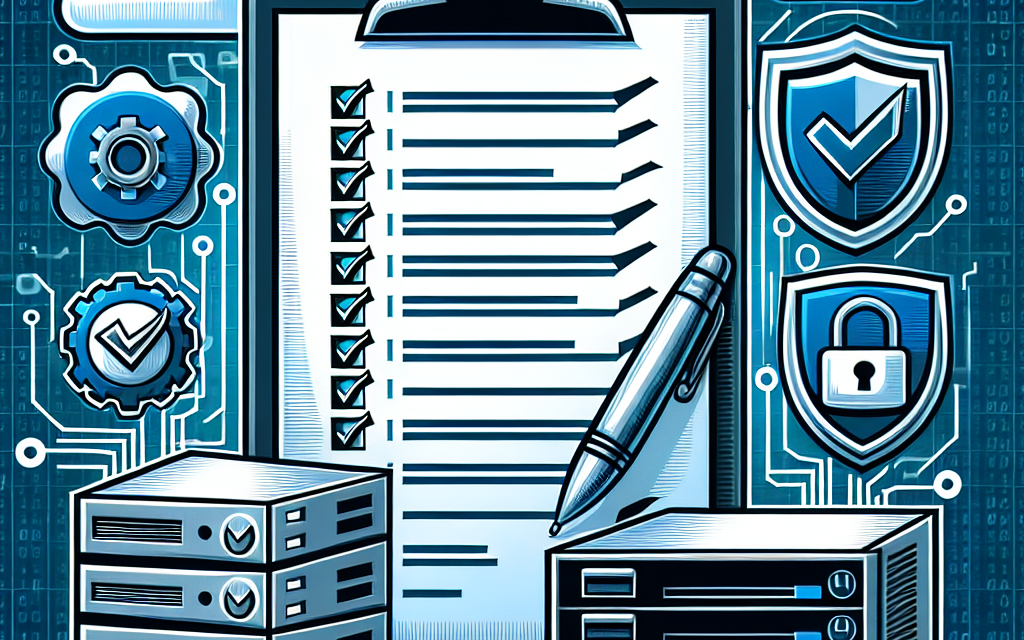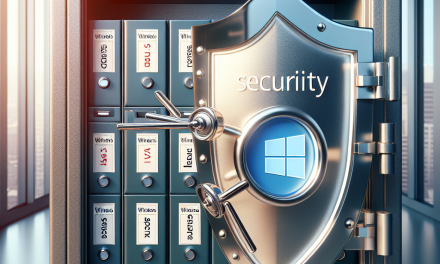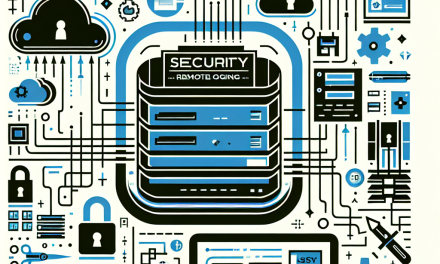In today’s digital age, remote access to servers, especially through Remote Desktop Protocol (RDP), has become a necessity for many organizations. However, this convenience brings with it potential security risks. In this article, we’ll explore essential checkpoints for conducting an RDP security audit, ensuring that your Windows Server remote access is as secure as possible.
Understanding RDP Risks
RDP enables users to connect to another computer over a network connection, but it can also be a point of vulnerability. Threats such as unauthorized access, brute-force attacks, and malware infiltration can compromise sensitive information. Therefore, implementing robust security measures is crucial.
RDP Security Audit Checklist
1. Use Strong Password Policies
- Complex Passwords: Ensure that all accounts using RDP have strong, unique passwords.
- Regular Updates: Require users to change their passwords regularly, ideally every 60-90 days.
- Account Lockout: Implement account lockout policies after a certain number of failed login attempts.
2. Enable Network Level Authentication (NLA)
- NLA requires users to authenticate before a remote session is established, reducing the potential attack surface.
3. Limit User Access
- Role-Based Access Control (RBAC): Assign RDP access based on the principle of least privilege, allowing only necessary personnel.
- Group Policies: Utilize Group Policy objects to manage and restrict RDP user permissions effectively.
4. Implement Firewall Rules
- Restrict RDP Ports: Change the default RDP port (TCP 3389) to a non-standard port to obfuscate and reduce exposure.
- Inbound Rules: Set up firewall rules to allow RDP access only from trusted IP addresses.
5. Utilize Multi-Factor Authentication (MFA)
- Implement MFA for all users accessing RDP sessions to add an extra layer of security.
6. Keep Software Updated
- Regularly apply Windows updates and patches to fix newly discovered vulnerabilities that could be exploited via RDP.
7. Monitor RDP Access Logs
- Enable Auditing: Ensure that auditing is configured to log successful and unsuccessful login attempts.
- Review Logs Regularly: Frequently review access logs for unusual activity, such as failed login attempts from unfamiliar IP addresses.
8. Employ Remote Desktop Gateway
- Use Remote Desktop Gateway to securely tunnel RDP connections and enforce encryption.
9. Consider VPN for Remote Access
- Require users to connect via a Virtual Private Network (VPN) before accessing RDP, adding an additional security layer.
10. Disable Unused Features
- Uninstall Unnecessary Services: If Terminal Services or Remote Desktop Services are not in use, disable them.
- Limit Clipboard Redirection: Disable clipboard redirection to prevent unauthorized data transfer during RDP sessions.
11. Backup and Recovery Plan
- Maintain a solid backup and recovery plan for your server. In case of a breach, having secure backups can be vital for recovery.
12. User Training and Awareness
- Provide training for users on safe remote access practices and how to recognize potential security threats.
Conclusion
Conducting regular RDP security audits and following this checklist can significantly enhance the security of your Windows Server’s remote access capabilities. As the landscape of cyber threats continues to evolve, taking proactive measures to secure RDP is not just advisable; it’s essential. By implementing these strategies, organizations can minimize risks and ensure a safer remote working environment.
For more insights on technology security, stay tuned to WafaTech Blogs. Your cybersecurity is our priority!





